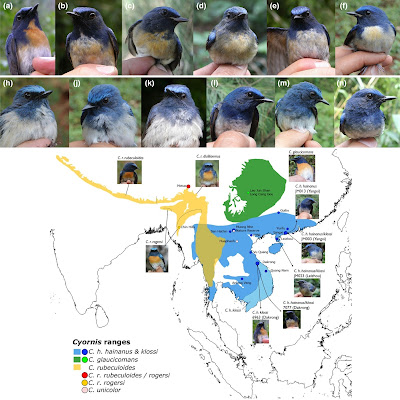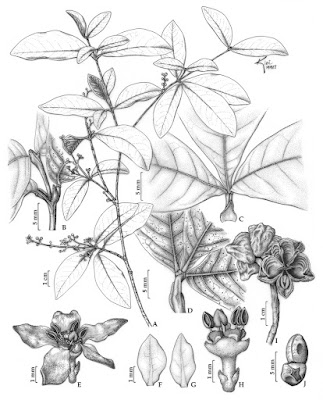 |
| Dasypolia (Tatsipolia) sejilaensis Dasypolia (Tatsipolia) cerritula Chen, Pan, Volynkin, Saldaitis & Benedek, 2022. |
Abstract
The subgenus Tatsipolia Benedek, Behounek, Floriani & Saldaitis, 2011 of the genus Dasypolia Guenée, 1852 is reviewed. Two new species, D. (T.) sejilaensis sp. nov. and D. (T.) cerritula sp. nov. are described from the Linzhi (Nyingchi) Prefecture in southern Xizang, China. The adults and the male and female genitalia of all species in the subgenus are illustrated. Additionally, Dasypolia (Auropolia) carlotta Floriani, Benedek, Behounek & Saldaitis, 2011 is reported from Xizang for the first time.
Keywords: Antitypina, new record, Noctuinae, Owlet moth, systematics, taxonomy, Xylenini
Noctuidae Latreille, 1809
Noctuinae Latreille, 1809
Xylenini Guenée, 1837
Antitypina Forbes & Franclemont, 1954
Genus Dasypolia Guenée, 1852
Subgenus Tatsipolia Benedek, Behounek, Floriani & Saldaitis, 2011
Dasypolia (Tatsipolia) Benedek et al. 2011: 108.
Type species: Dasypolia (Tatsipolia) ruficilia Benedek, Behounek, Floriani & Saldaitis, 2011, by original designation.
Diagnosis: Members of the subgenus are small moths (forewing length is 11-13 mm) externally similar to taxa of the subgenus Cteipolia. However, despite the external similarity, the subgenus is characterised by the following diagnostic features in the male genitalia: (1) The uncus is short but wide, triangular, dorso-ventrally flattened; (2) The harpe is reduced, tubercle- or spine-like; (3) The digitus is robust, thorn-like; (4) The juxta bears a medial process posteriorly; and (5) The phallus is relatively short but broad, with vesica bearing one or two clusters of spine-like cornuti. In the female genitalia, the broad ostium bursae and the sideways curved ductus and corpus bursae are characteristic for the subgenus.
Distribution: Species of the subgenus are known only from south-western China (Sichuan and southern Xizang).
Species content of Dasypolia (Tatsipolia)
D. (T.) sejilaensis sp. nov.
D. (T.) cerritula sp. nov.
D. (T.) vignai L. Ronkay & Zilli, 1993.
D. (T.) ruficilia Benedek, Behounek, Floriani & Saldaitis, 2011.
 |
| Dasypolia (Tatsipolia and Auropolia) spp., adults. Depositories of the specimens: 1–4 and 8 in TAAHU 5 in AFM 6 in HNHM (photo by B. Tóth) 7 in ZSM. |
Dasypolia (Tatsipolia) sejilaensis sp. nov.
Distribution: The new species is known only from Sejila Mountain in southern Xizang Province of China.
Etymology: The specific epithet refers to the type locality [Sejila Mountain].
Dasypolia (Tatsipolia) cerritula sp. nov.
Distribution: The new species is known only from Sejila Mountain in southern Xizang Province of China.
Etymology: In Latin, ‘cerritulus’ means ‘weird.’ The specific epithet refers to the unusual cucullus densely covered with robust, spine-like setae.
Enyong Chen, Zhaohui Pan, Anton V. Volynkin, Aidas Saldaitis and Balázs Benedek. 2022. Taxonomic Review of the Subgenus Tatsipolia Benedek, Behounek, Floriani & Saldaitis of the Genus Dasypolia Guenée with Descriptions of Two New Species from southern Xizang, China (Insecta, Lepidoptera, Noctuidae). ZooKeys. 1115: 187-198. DOI: 10.3897/zookeys.1115.84527










































